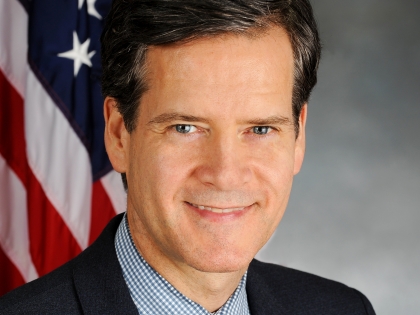
New York Expands Tuberculosis Testing -- Glick-Hoylman Bill Signed by Governor Cuomo
November 23, 2015

NEW YORK – On Saturday, Governor Cuomo signed into law a bill introduced earlier this year by Assembly Member Deborah Glick and Senator Brad Hoylman to expand tuberculosis testing by allowing registered nurses to administer tests without needing a patient specific order from a licensed physician or nurse practitioner. The bill, which passed both the Assembly and the Senate in June, was introduced by the legislators in response to reports of a new drug resistant strain of TB called XDR-TB.
Assembly Member Deborah Glick said: “I want to thank the Governor for signing this important legislation. Tuberculosis is a particular threat to our most vulnerable populations and by allowing nurses to administer tests, we can reduce the risk of a serious public health crisis by identifying affected individuals faster.”
Senator Brad Hoylman said: " I want to thank Governor Cuomo for signing the tuberculosis-testing bill that I introduced with Assembly Member Glick. Though new TB cases have been declining for years, the discovery of a new drug resistant strain that is nearly 70% fatal is a disturbing realization that demands immediate action. The problem, however, is that TB can remain latent in people for extended periods before ever becoming symptomatic. That’s why testing is such a critical tool for combating this potential public health threat. By allowing nurses to administer TB tests without a patient specific order from a physician or nurse practitioner we can prevent outbreaks and potentially save thousands of lives, particularly those of people with compromised immune systems including seniors and people with HIV/AIDS.”
In June the New York Times reported that a woman with tuberculosis flew from India to O’Hare International Airport in Chicago in early April. She travelled to Illinois, Tennessee, and Missouri before eventually seeking medical care. After being tested, she discovered she had the extensively drug resistant form of tuberculosis called XDR-TB, spurring the Centers for Disease Control and Prevention and state health departments to begin searching for those who the woman had come into contact with.